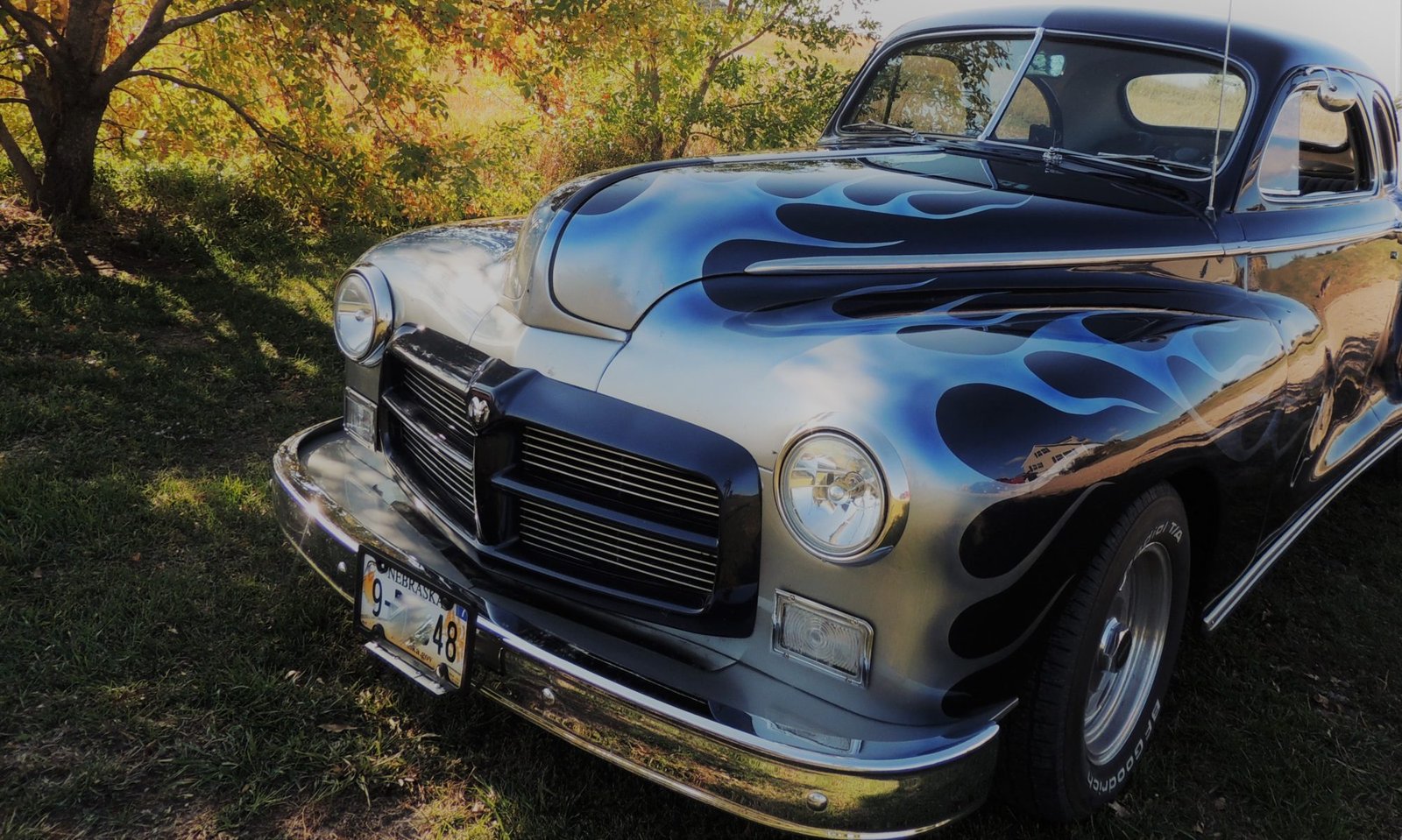The automobile affected every aspect of life in America, including how politicians campaigned. The first President to drive a car was McKinley, but the first to make a public appearance in one while President was Theodore Roosevelt, king of the presidential firsts. This Library of Congress photo of Roosevelt standing in an automobile was taken at a later date, but it is one of my favorites because it just seems to capture him perfectly:

That first appearance on August 22, 1902, took place in Hartford, Connecticut. Roosevelt toured the city in an electric Victoria, and was cheered enthusiastically all along the route. Ten years later, an interesting story about the 1912 campaign discussed how the automobile had supplanted both the horse and railway for campaign travel and had been used by all candidates of importance including presidential candidates Roosevelt, Wilson and Taft. It also described how the Cole Motor Company had placed automobiles at the disposal of candidates throughout the country.
Cole, named for its founder, Joseph J. Cole, was manufactured from 1909-1925 in Indiana and was a competitor of Cadillac. It was the second largest builder of luxury automobiles in the United States from 1918-1921 with 1,000 selling connections in this country and outlets in 58 foreign countries. In its early days, the Cole won many road races and reliability tours while being piloted by drivers like Bill Endicott.
One slogan used by the Cole was, “There’s a touch of tomorrow in all Cole does today,” and it is true that Cole was a leader in many ways. For instance, the company introduced a V8 engine in 1915 and, by the following year, the entire line was being powered by V8s.


Cole also pioneered the use of balloon tires and was the first to offer them as optional equipment.

In one 1924 story, a correspondent for the Indianapolis Star reported using her Corona typewriter in the front seat of a Cole while following a story: “I have heard lots about ‘ballooning in a Cole,’ but I never dreamed that I would be able to write on a typewriter at sixty miles an hour in one of these cars . . . when they say you ride on a cushion of air when you ride on balloon tires, it’s almost literally true.”

In spite of advancements like these, Cole Motor Co. began to suffer financial difficulties after the first World War. The company was in the process of liquidating in 1925 when Joseph Cole passed away at the age of 56, reportedly from heart disease.


Sources:
“Candidates Used Autos to Advantage.” Fort Wayne Journal Gazette, 24 November 1912, p. 20.
Cole Motor Car Company. Advertisement. Chicago Tribune, 18 August 1924, p. 20.
Cole Motor Car Company. Advertisement. Chicago Tribune, 9 March 1924, p. 14.
Cole Motor Car Company. Advertisement. Topeka Daily Capital, 13 September 1916, p. 13.
“Joseph J. Cole, Pioneer Auto Manufacturer Here, Is Dead.” Indianapolis Star, 8 August 1925, p. 1.
“New Cole Sport Car Demand is Large.” Minneapolis Sunday Tribune, 3 February 1924, p. 80.
“Operated Typewriter in Balloon-Tired Car.” Bangor Daily News, 19 May 1924, p. 13.
“President’s Tour of New England.” Scranton Tribune, 23 August 1902, p. 1.
“The President at Hartford.” Democrat and Chronicle, 23 August 1902, p. 1.






















































